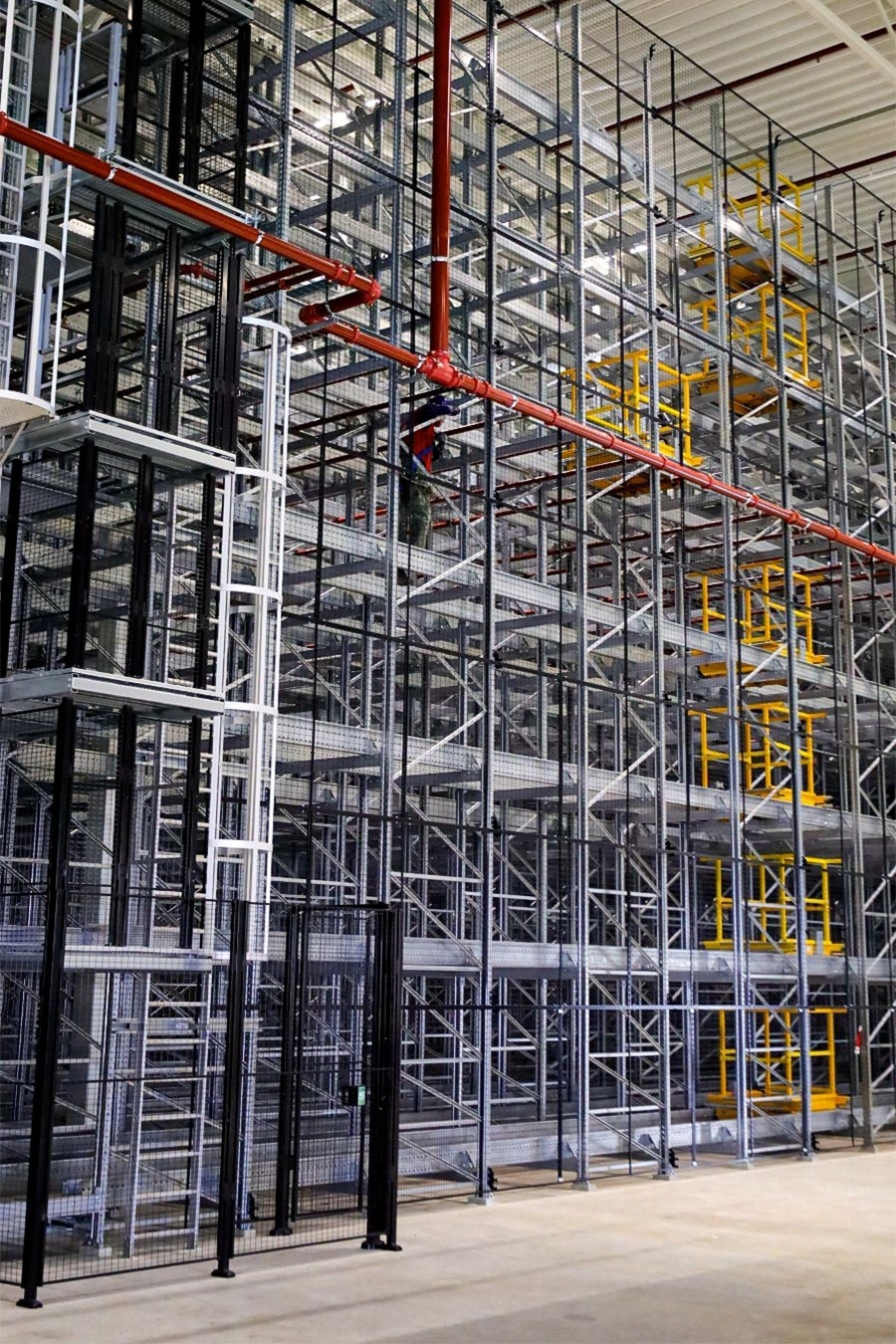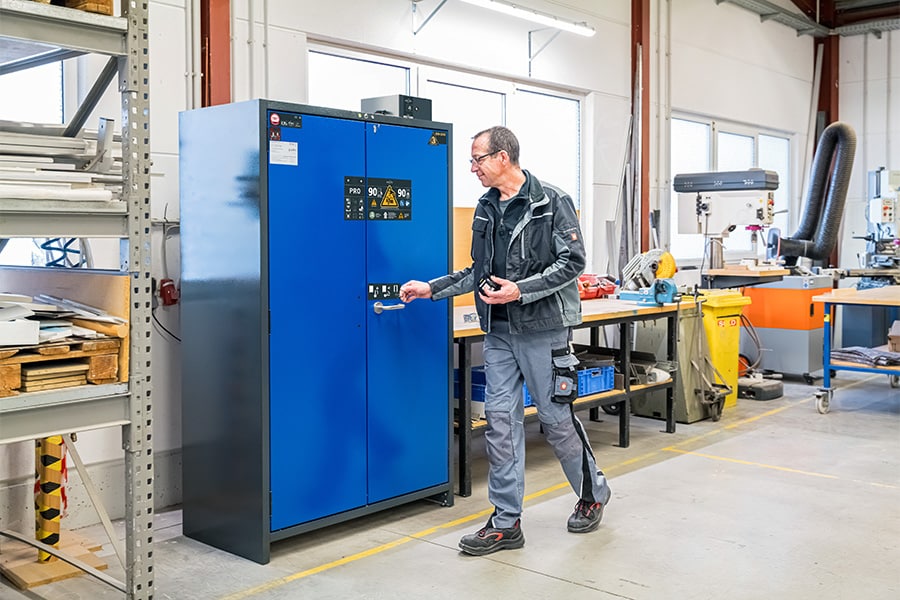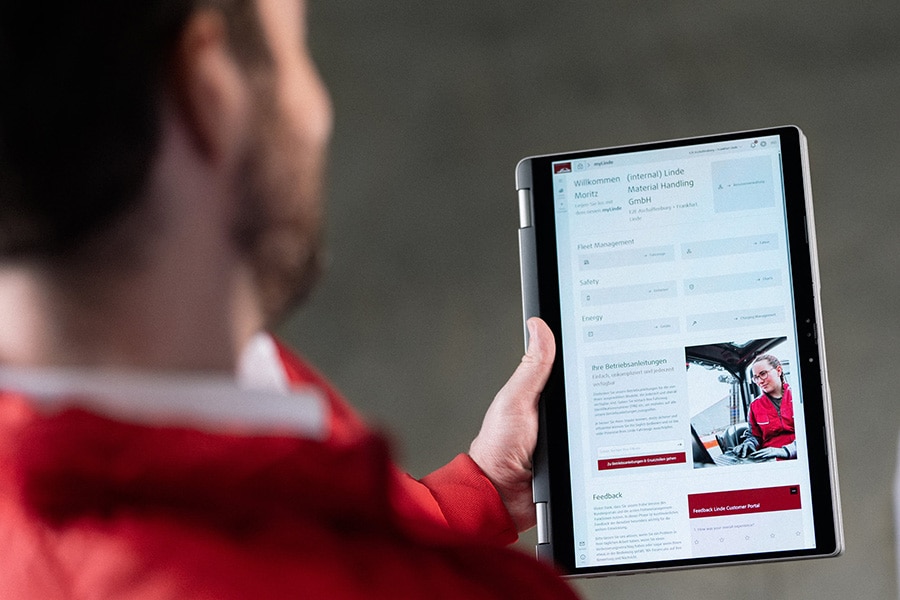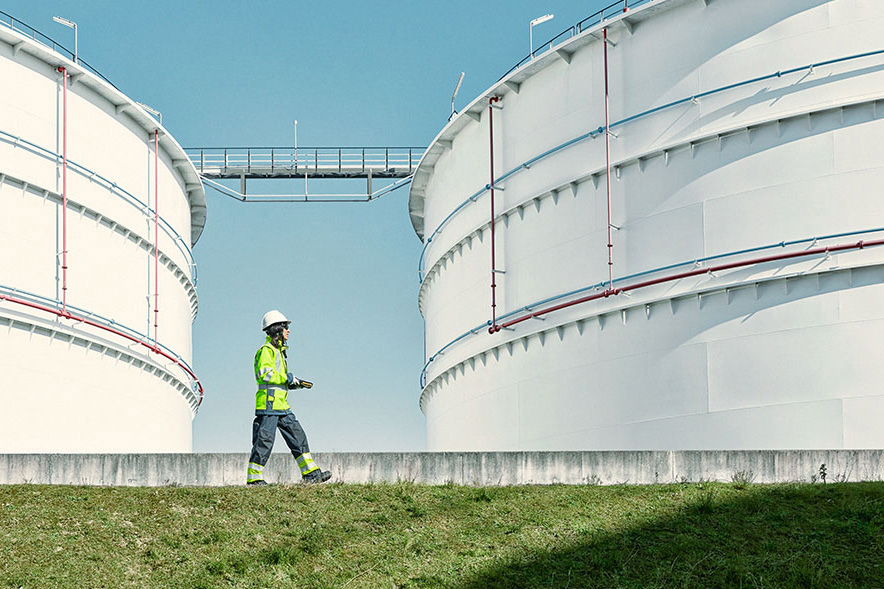
Annual figures Port of Antwerp-Bruges show growth despite challenging times
Resilience, sustainability and collaboration as drivers of growth
Port of Antwerp-Bruges will close 2024 with a growth of 2.3% in total cargo throughput, representing 278 million tons. Despite geopolitical tensions and economic uncertainties, the port is showing resilience, with a strong increase in container handling as the main driver. Ambitious plans are ready for 2025 to further strengthen the port's pivotal role in international trade, operational functioning and energy transition.
Strong container throughput drives growth amid turbulent times
Despite a turbulent economic climate, with rising energy prices, geopolitical tensions and increased international competition, Port of Antwerp-Bruges managed to maintain a total freight traffic of 278 million tons, up 2.3% from 2023.
Containers were the driving force behind this growth, increasing by as much as 8.9% in tonnage and 8.1% in TEUs. Reefer containers increased by 9.2%, accounting for 8.6% of total container traffic. The port's market share in the Hamburg-Le Havre Range increased 0.7 percentage points to 30.6% in the first nine months. The loss of nearly half a million TEU containers to and from Russia in 2021 has now been fully offset by growth to other shipping areas.
Other segments felt the impact of challenging market conditions. Global geopolitical tensions and conflicts created rapidly changing markets. Instability in the Red Sea and geopolitical tensions led to longer shipping times and uncertainty in international shipping. The chemicals sector is experiencing its worst years since 2009, while sectors such as construction and automotive were pressured by high energy and raw material prices and low demand.
Conventional general cargo remained status quo (0.1%), the result of peaks and troughs in the various sub-segments. For example, iron and steel throughput increased by 3.7%. The RoRo-throughput then fell again by 3.4% in 2024, driven by a decline in new car throughput (-9.4%). The transshipment of dry bulk grew slightly (0.4%). Coal fell sharply (-35.4%), but fertilizers compensated with growth of 22.9%. Liquid bulk experienced a decline of 5.8%, mainly due to reduced demand for diesel (-22.3%) and LNG (-21.9%). Chemicals, on the other hand, grew strongly (+14.8%), helped by an increase in biofuels (+60.1%), and this despite continued pressure on the European chemicals sector.
In 2024, 20,195 seagoing vessels Port of Antwerp-Bruges, a slight increase of 0.2%. Zeebrugge welcomed 187 cruise ships and 557,000 passengers by 2024.
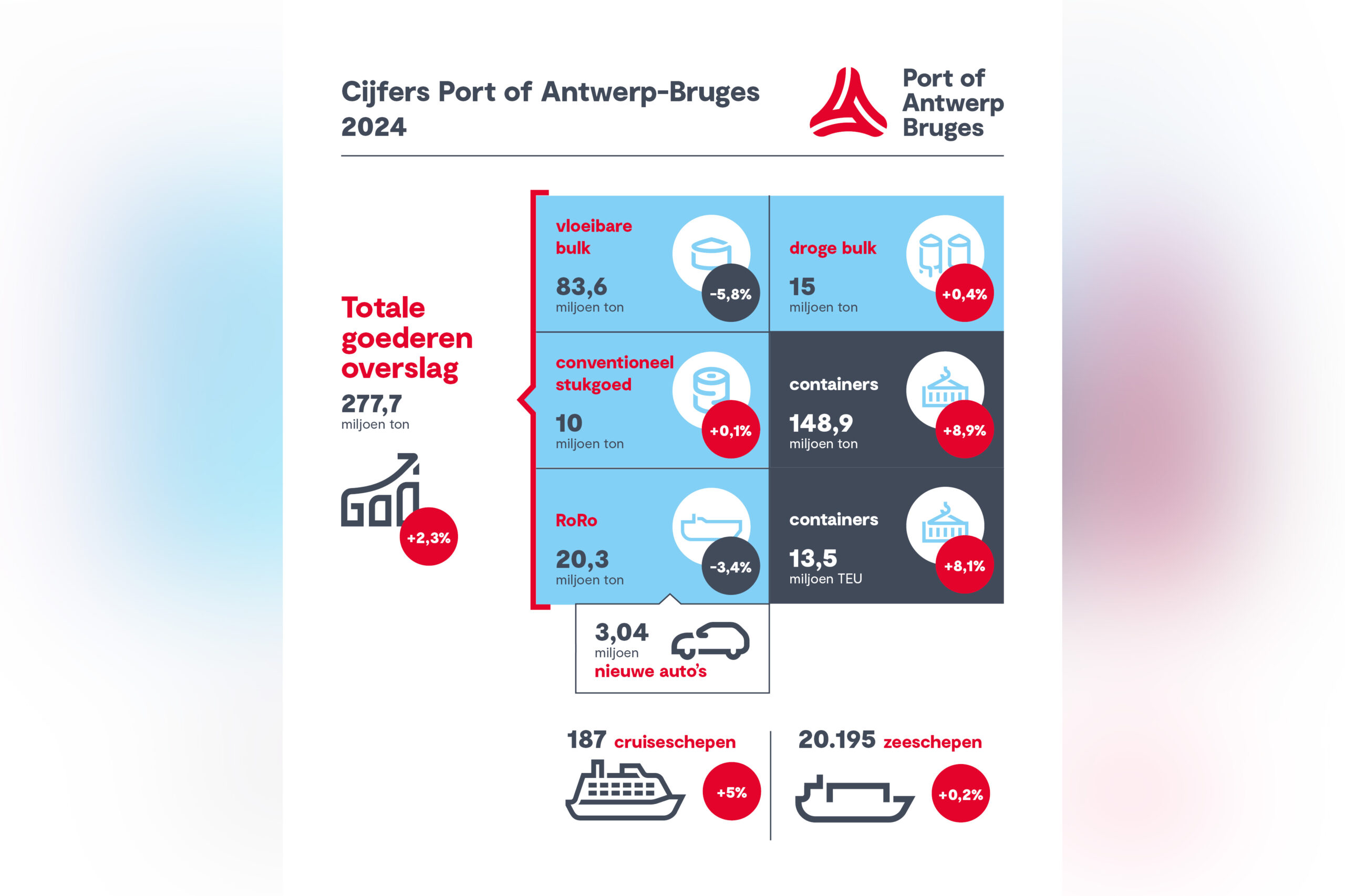
Port in transition
In 2024, important steps were again taken toward the ambition of becoming a climate-neutral port by 2050, a priority that remains central in 2025. The focus on circular economy continues to take shape in NextGen District and the innovation hub NextGen Demo. Also, the CHERISH2O project, aimed at treating and reusing company wastewater, and the Antwerp North heat grid, Belgium's first open-access heat grid, contribute to the port's circular ambitions.
In the maritime sector, the first methanol bunkering of a deep-sea vessel provided an important milestone in the development of Port of Antwerp-Bruges as a multi-fuel port. Shore power projects in Antwerp and Zeebrugge play a vital role in reducing emissions and noise pollution. The installation of one of Europe's largest public charging stations for electric trucks makes the port area a crucial link in sustainable cargo transportation. In addition, the sustainability of its own fleet continued with innovations such as the Volta 1, Europe's first all-electric tugboat, and the Methatug, the world's first tugboat powered by methanol.
Infrastructure: basis for sustainable growth and competitiveness
With the official introduction of a draft of 16 meters by 2024, the port has significantly strengthened its competitive position. The record of 16.3-meter draft in Zeebrugge, underscores this progress. At the same time, the ICO RoRo Terminal further developed, responding to the platform's growing demand for capacity. The construction of the new Antwerp Coordination Center will additionally serve as a strategic hub to optimize the nautical chain and further increase the efficiency of the port.
These infrastructure developments are not only critical to the port's operational performance and sustainable growth, but also enhance its appeal to innovative investors such as Vioneo.
In addition to infrastructure, security remains a priority, with the successful rollout in January 2024 of Certified Pick Up, which has since safely released more than 1 million containers.
Collaboration as a foundation for success
The ambition of Port of Antwerp-Bruges is clear: to continue to play a pivotal role in energy transition and international trade. To strengthen this role, the port combines its position as a catalyst for investment with strategic investments of its own. Cooperation is indispensable in this regard. Through partnerships with various stakeholders both locally and internationally, the port manages to link economic growth, innovation and sustainability and remains an essential link in international logistics trade.
For a complete year in text and images, you can here justified.
